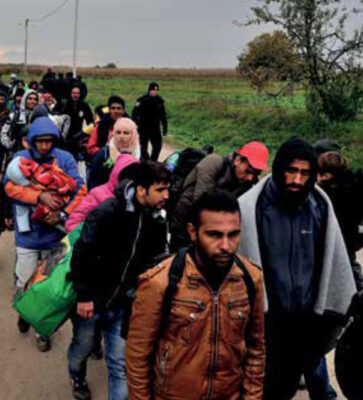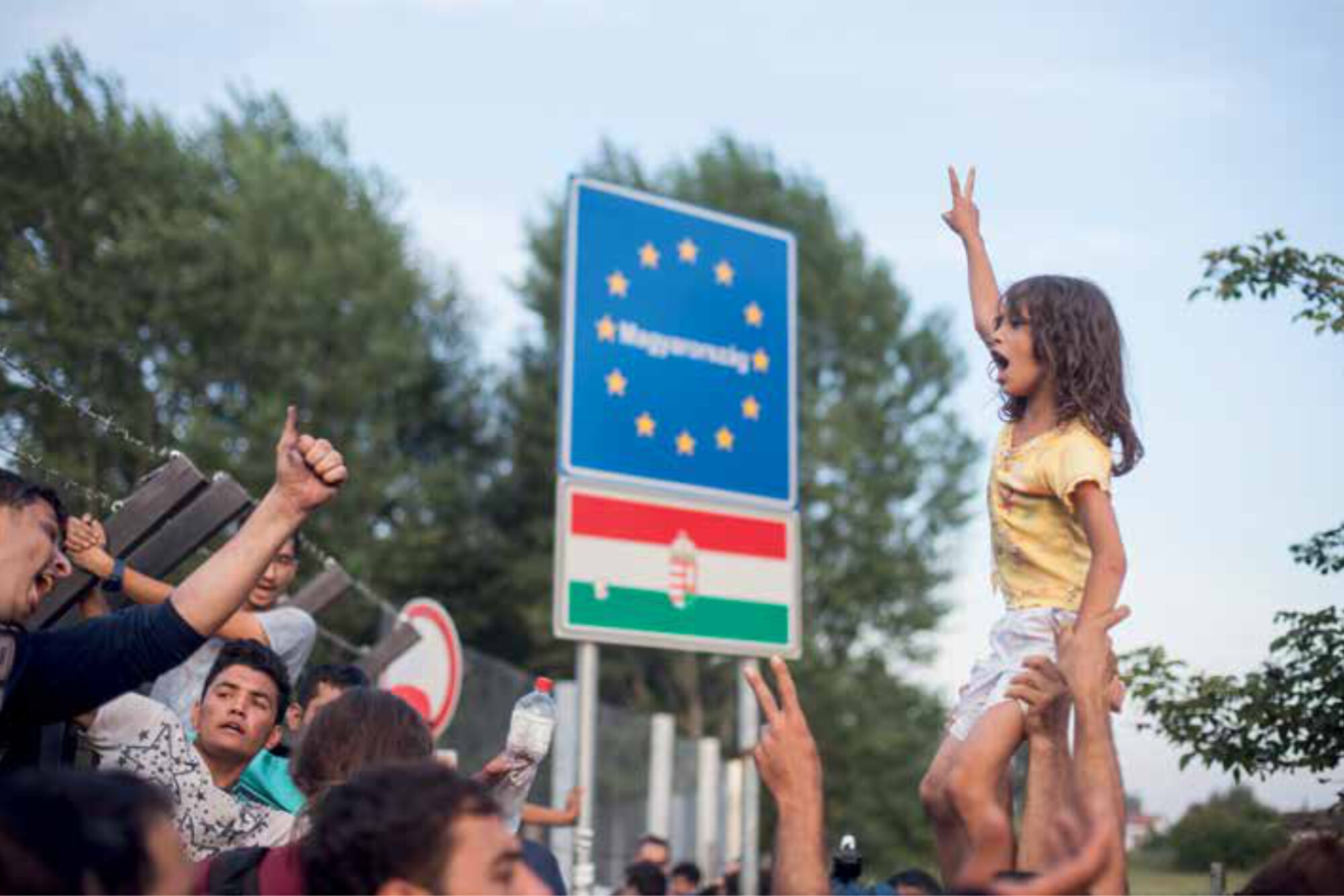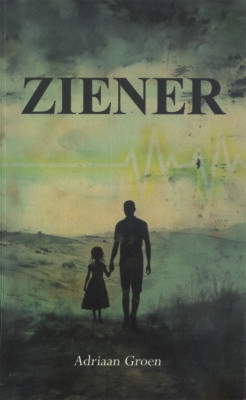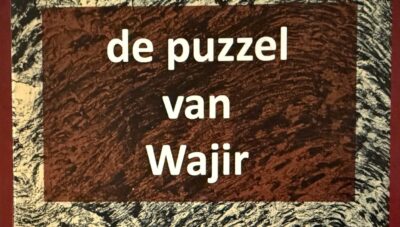Main content
The migration crisis and european union asylum system
One of the greatest human rights challenges and ethical dilemmas of our time is how to deal with migration. The international community is currently faced with close to 70 million forcibly displaced people mainly due to conflict and violence, almost one percent of the world’s population. [1] The European Union (EU), like most countries elsewhere in the world, has the duty to offer international protection, based on the ratification of UN treaties, and to grant asylum to people who are fleeing ‘persecution or serious harm’ in their own countries. [2,3]
The magnitude of the problem has made complying with these international agreements while at the same time keeping the EU stable and safe very challenging. The recent refugee crisis, with around 1.2 million asylum applications in 2015 and 2016, caused the EU to introduce controversial border control measures, reducing the influx to 650,000 applications in 2017.[4] Almost half of these applications were approved, with approval rates greatly differing among member states. [5] The Common European Asylum System (CEAS) aims to ensure equal treatment of asylum applications in all member states. Recent CEAS legislation formally recognised the Medico-Legal Report (MLR) as an important tool to investigate ‘signs that might indicate past persecution or serious harm’ (see text box Article 18). [6] This report presents the challenges concerning the MLR in the EU asylum procedure, which were defined last year in an EU project involving NGOs from the Netherlands, Hungary and France, as well as leading experts from other member states.
Asylum seekers in the eu need to prove they are fleeing persecution or serious harm.
The role of the MLR in the asylum procedure
Case
An Ethiopian woman applies for asylum in the Netherlands. She claims she has been tortured in prison due to her husband being part of the Oromo Liberation Front (OLF), an organisation that fights for the rights of the Oromo people and is prohibited by the Ethiopian government. Her asylum is denied, because she cannot give enough details about the detention and her husband’s work for the OLF. The accounts are not deemed credible. Her lawyer asks for an MLR from iMMO (see text box iMMO for more information). The 6-hour medical examination by a medical doctor and psychologist reveals around 40 scars all over her body and symptoms of Post-Traumatic Stress Disorder (PTSD), which is also diagnosed in the medical record. While becoming highly emotional, she gives more information about the detention and tells of being raped multiple times. The scars on her legs are evaluated as being highly consistent with her accounts of being beaten with a stick. It is also concluded that the PTSD makes it likely that she avoided talking about the traumatic events in the asylum application. Her lawyer submits the MLR and asylum is granted, based on the supporting medical evidence. [7]
Legal aspects and content of MLR
Assessment of an asylum application is done by establishing the facts of the claimant’s account, and evaluating if there is a legal basis for asylum. The burden of proof lies with the applicant, who often has little to no objectively verifiable evidence to support his or her story. An MLR may contribute to the assessment of the credibility of a claim by examining the plausibility of any previous ill treatment.
The MLR consists of a forensic evaluation of physical and psychological signs and symptoms. For example, certain scars may be typical for a stated torture method. Furthermore, psychological problems may explain why the applicant finds it difficult to disclose traumatic events. Avoidance, a feature of PTSD, can cause delayed disclosure. Moreover, the interview with a health professional, rather than with an immigration officer, may bring forward new information.
| Article 18 Medical examination §1. Where the determining authority deems it relevant for the assessment of an application for international protection (…), Member States shall, subject to the applicant’s consent, arrange for a medical examination of the applicant concerning signs that might indicate past persecution or serious harm. Alternatively, Member States may provide that the applicant arranges for such a medical examination. (…) Medical examinations carried out in accordance with this paragraph shall be paid for out of public funds. §2. When no medical examination is carried out in accordance with §1, Member States shall inform applicants that they may, on their own initiative and at their own cost, arrange for a medical examination (…). §3. The results of the medical examinations referred to in §1 and 2 shall be assessed by the determining authority along with the other elements of the application. |
Availability of the MLR
Few MLRs requested by immigration authorities
The recent EU legislation requires immigration authorities to call for an MLR ‘where the determining authority deems it relevant for the assessment of an application’ (see text box Article 18). Yet, authorities rarely request MLRs and asylum seekers are therefore forced to independently arrange for an MLR. In the Netherlands, about 10 MLRS per year are requested by the immigration services, compared to 100 MLRS per year being submitted by applicants, executed by iMMO. [8]
Jurisprudence, yet to be developed, may guide immigration authorities in determining which conditions call for an MLR and could further the availability of MLRs.
Capacity problems of NGOs
EU legislation does not provide a basis for payment of the MLR when submitted by the applicant (see text box Article 18) and it is usually not paid for by immigration authorities. For example, iMMO has produced around 600 MLRS and thus far only received financing by immigration authorities for 47. NGOs therefore predominantly rely on private funding and volunteer health professionals to execute the examinations. [9] Capacity problems create long MLR waiting times, causing additional costs for member states, and stressful and potentially harmful prolonging of the uncertainty about the applicant’s future.
Lack of funding also gives rise to the ethical question: ‘Which requests for an MLR should be granted and which should be refused?’ It’s hard to define how such decisions ought to be made, as multiple factors need to be taken into account such as country of origin, medical signs and symptoms, and legal obstacles to an MLR being of value. iMMO rejects approximately 20% of the requests for an MLR, partly because of capacity problems. Scarcity of resources also gives rise to the need to shorten examinations and reporting. However, this proves to be difficult due to the complexity of the examination and the thoroughness of the conclusions demanded by the immigration authorities. On average, the examination takes 4-6 hours and over 20 hours of subsequent analysis and report writing.
Without measures for reliable financing of MLRs, capacity problems and therefore undesirable and costly prolonging of the asylum procedure will remain.
Differences in examination and interpretation of MLRs
Purpose of MLR
MLRs are used for different purposes throughout the EU. For example, in Hungary all asylum seekers are detained in detention centres, and NGO medical reports are used mainly to challenge this detention. In France, few MLRS are produced because NGOs fear that their introduction will disadvantage asylum seekers who are not suffering from physical or psychological sequelae resulting from torture or violence. In the Netherlands and the UK, NGOs have been producing MLRs for many years, and both the judiciary and government acknowledge the value of these reports.
Use of the international guideline and proper evidentiary standard
The UN adopted Istanbul Protocol (IP) is the established international guideline for torture investigations and is recommended in EU asylum legislation. It gives detailed information on the principles of forensic medical examination and reporting on torture and related forms of violence. [10] However, forensic doctors employed by the government to investigate asylum applicants usually have a background in national criminal investigations and therefore often lack the necessary knowledge of torture practices and effects and the application of different standards of proof. This can lead to MLRs that are of little value. The evidentiary standard in criminal law is ‘beyond reasonable doubt’, whereas in the asylum procedure the story ought to be ‘plausible’, and the ‘benefit of the doubt’ principle applies in certain cases. [11]
Interpretation by immigration authorities
The MLR is not always treated as expert evidence by immigration service decision makers, nor given due weight, despite the fact that the MLR is included in the European Asylum Support Office (EASO) training for EU immigration services. [12] For example, the expertise of experienced health professionals or the clinician’s expert opinion on the cause of the medical conditions are sometimes disputed. [13] When authorities question the MLR conclusions, a second opinion is rarely requested, although this is common practice in other areas of law. Interdisciplinary meetings are not often held, and creation of mutual understanding can prove to be difficult.
EU training manual
A structured MLR format could reduce the existing differences between member states. Well-trained health professionals would ensure reliability and usefulness of the reports, and training of legal workers would create more consistent interpretation. For that end, a training manual for health professionals and legal workers was developed in the aforementioned EU project. [14] The common standards presented in the manual are based on the IP and include guidelines for health professionals, required competencies of the health professional, tools for legal workers to appropriately incorporate the medical findings in the decision-making process and, lastly, measures for self-care due to the potentially traumatising nature of the work.

Conclusion – the MLR has been formally recognised by the EU but challenges remain
Immigration authorities need to determine if there is a legal basis for international protection, and asylum should be granted if previous persecution or serious harm is plausible. An MLR, produced according to the existing guidelines and by trained health professionals, can be of assistance in difficult cases by providing objective information regarding the stated histories. An MLR can make hidden traumas visible by exposing physical and psychological injury potentially related to ill treatment. It is acknowledged to be a valuable addition to the credibility assessment in the asylum procedure. While formal EU recognition of the MLR is an important step forward, challenges regarding availability, financing, uniformity, quality and interpretation of the MLR by immigration services remain. An EU training manual with common standards for the MLR was developed to address some of these challenges. Further development and implementation of policies and guidelines by lawmakers, (EU) judiciary, and immigration authorities will conceivably create additional improvements.
IMMO – institute for Human Rights and Medical Assessment – www.stichtingimmo.nl
IMMO is a non-governmental organization in the Netherlands that focuses on forensic medical assessments of suspected victims of torture and inhumane treatment in the context of the asylum procedure. The examinations are executed by medical doctors and psychologists, mainly volunteers.
CO-AUTHORS
EEUW VAN DEN HEUVEL, LEGAL ADVISOR, IMMO
JULIET COHEN, HEAD OF DOCTORS, FREEDOM FROM TORTURE, UK
References
- http://www.unhcr.org
- 1951 Convention and 1967 Protocol relating to the status of refugees, 1978 Convention against Torture and Other Cruel, Inhuman or Degrading Treatment or Punishment.
- Qualification Directive (2011/95/EU) Common European Asylum System (CEAS).
- EU – Turkey agreement, March 2016 & European Border and Coast Guard, October 2016. http://www.europarl.europa.eu/news/en/headlines/priorities/refugees
- http://ec.europa.eu/eurostat/statistics-explained/index.php/Asylum_statistics#Asylum_applicants
- Article 18 Procedures Directive (2013/32/EU) CEAS.
- Based on a real case, simplified for the purpose of this paper and adapted for privacy reasons.
- Reneman AM (2018). Potentieel prejudicieel: Europese verplichting tot het laten doen van forensisch medisch onderzoek in asielzaken? Journaal Vreemdelingenrecht 2018;17(1):61-69.
- Scruggs E et al. ‘An absolutely necessary piece’: A qualitative study of legal perspectives on medical affidavits in the asylum process. J For Leg Med 2016;44:72-78.
- Istanbul Protocol. Manual on the Effective Investigation and Documentation of Torture and Other Cruel or Degrading Treatment or Punishment. New York and Geneva: United Nations, 1999.
- UNHCR handbook, European Court of Human Rights.
- European Asylum Support Office (EASO) Practical Guide: Evidence Assessment, 2015. https://www.easo.europa.eu/sites/default/files/public/EASO-Practical-Guide_-Evidence-Assessment.pdf
- Proving Torture, Demanding the impossible, Home office mistreatment of expert medical evidence, Freedom from Torture, UK, 2016.
- Manual for health professionals and legal workers: Medical examination in the asylum procedure. iMMO the Netherlands, Cordelia foundation Hungary, Parcoursd’ Exile France, AMIF project 2017. https://www.stichtingimmo.nl/wp-content/uploads/2017/12/iMMO018_Manual_Digitaal_linked.pdf



















































